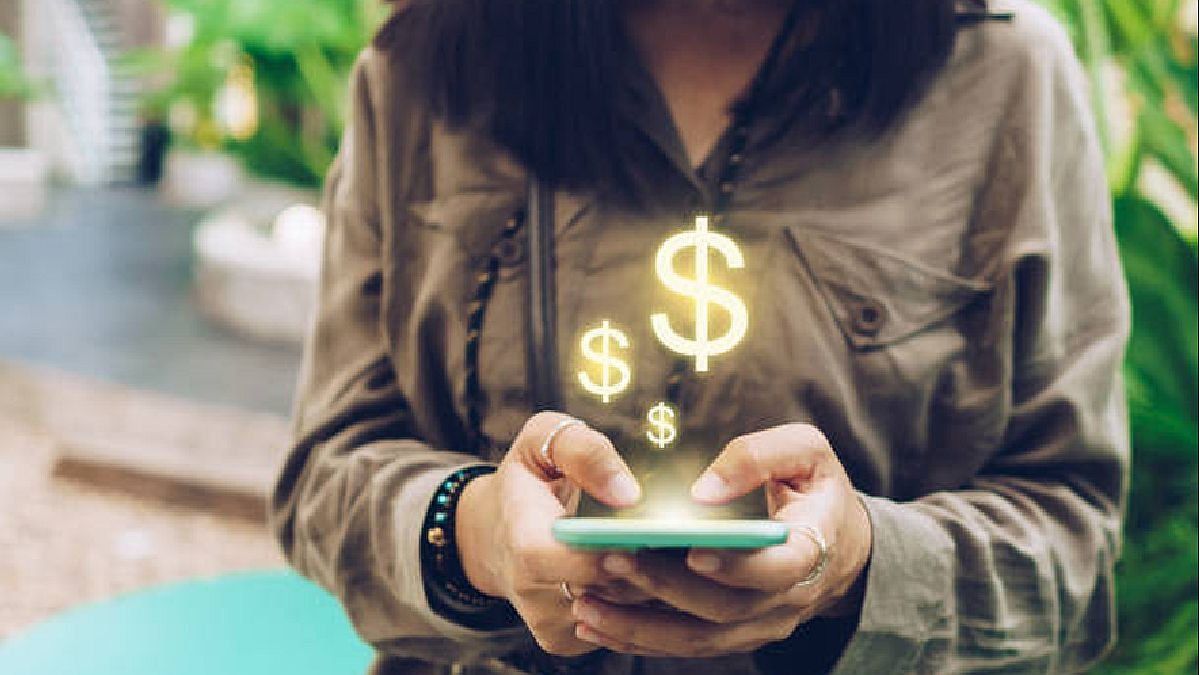Debts can be warned when committing traffic violations, and the fine percentage scales as the offense is repeated.
With a collection of 500 million dollars per year in fines, violations for speeding or running a red light may also account for the patent debt who has a vehicle causing up to 100% of the annual cost of the tax to be charged.
The content you want to access is exclusive to subscribers.
This Tuesday the commission of the Unique Vehicle Income Collection System (Sucive) of the Congress of Mayors met to account for the behavior of vehicles in Uruguayan territory. In an interview with the director of Vehicular Affairs of the Congress of Mayors, Cesar Garciato the Underlined medium, gave details of how patents are collected when they are unpaid.


According to the director of the Congress of Mayors, the first infringement due to unpaid patents represents 25% of the annual total. However, this infraction can be made four times a year, reaching up to 100% of the annual value of the tax. The control is done in coordination with other offenses such as speeding and crossing red at a traffic light. If the patent debt is verified, it is automatically added to the traffic violation.
Currently, the delinquency of unpaid patents reaches 5.5% for new vehicles and García explained that the vehicle contracted by Sucive to control possible infractions is no longer in operation for more than six months and that the responsibility now lies with the municipalities and their radars.
On the other hand, the directors of the Congress of Mayors explained that more than 600,000 fines in Uruguay per year and that the 40% corresponds to rolling patents. Of that total of fines, 500 million dollars are collected, something that, according to García “is a tiny percentage.” Because the critical problem is in other categories such as trucks in years prior to 2013 where there is a great delinquency that the Congress of Mayors is trying to regularize.
Source: Ambito




